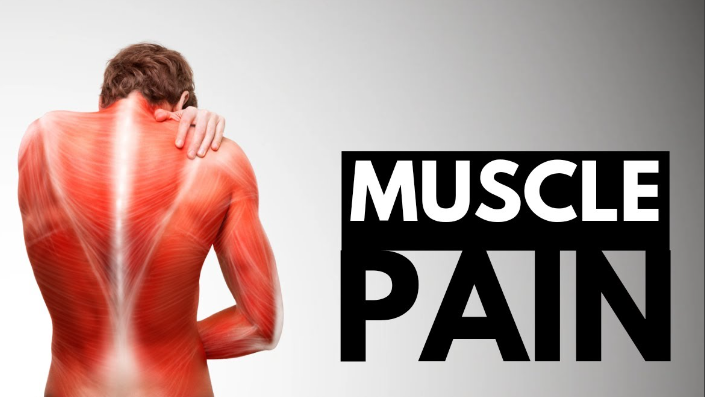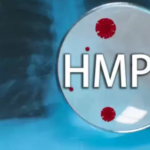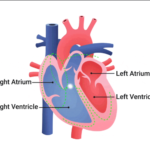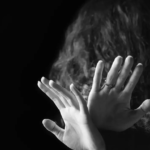There are many different causes of muscle pain that aren’t exercise-induced.
It’s a typical occurrence: After a strenuous workout, you experience some muscle soreness. “That can be completely normal—it’s similar to having a burn in your muscles,” Houston Methodist Hospital sports medicine specialist Dr. Vijay Jotwani says. “That may be a positive indication that those muscles are being used, and as a result of using them, they will become stronger over time.”
But occasionally, it can be extremely painful, such as when someone experiences muscle cramps, an involuntary contraction of the muscle also known as a “charley horse.” In other cases, the pain and soreness might not be as severe but they might linger longer. Alternatively, it might occur several days after intense exercise rather than right away afterward. For example, you might feel motivated to play football on Thanksgiving even though you haven’t actually played the sport in years or perhaps ever.
Also read-Schizophrenia : A Patient’s Guide To Schizophrenia And Its Symptoms
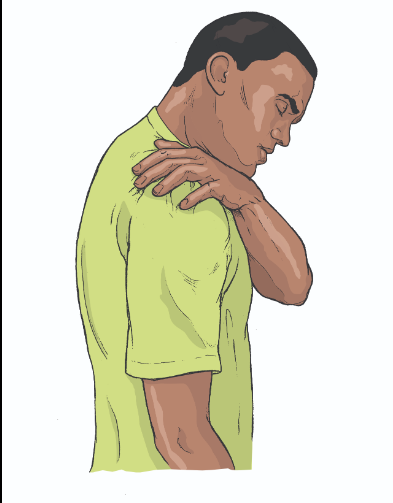
Types of muscle pain
We have three types of muscle tissue that provides the contracting power needed to help our bodies function: cardiac, smooth and skeletal muscle. “Cardiac muscle cells are located in the walls of the heart, appear striated and are under involuntary control,” according to the National Institutes of Health. You don’t need to tell your heart to beat. Smooth muscle fibers are located in the gut and other internal organs besides the heart and also work involuntarily. In contrast, we can control our skeletal muscles, fibers that are attached to the skeleton – just flex if you agree. The muscle discomfort you feel – what’s generally described as muscle pain and cramps – involve skeletal muscle.
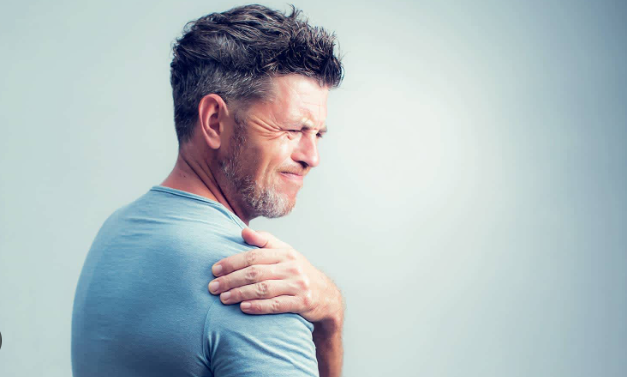
Causes
Muscle discomfort that isn’t the result of exercise can be difficult to understand or to pinpoint a cause. One reason for that is that the symptom can be so non-specific. For anyone searching for answers online, it may lead on a trip down the rabbit hole. What’s more, just because it feels like the pain is coming from the muscle doesn’t mean it is. The pain may actually be internal or coming from another part of the body.
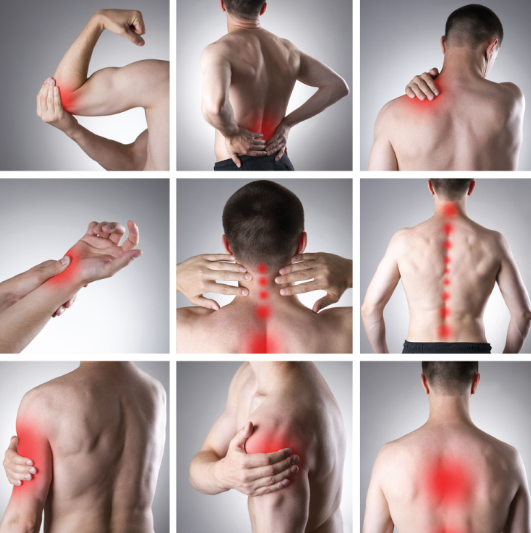
For instance, the pain may be brought on by a joint issue, such as arthritis. A person may experience thigh pain if they have arthritis in their hip. Dr. Carlo Milani is a physiatrist at the Hospital for Special Surgery in New York City. He says that occasionally, “what feels like muscle pain in the calf, the buttocks, or the thigh” can also be caused by a pinched nerve in the neck or back.
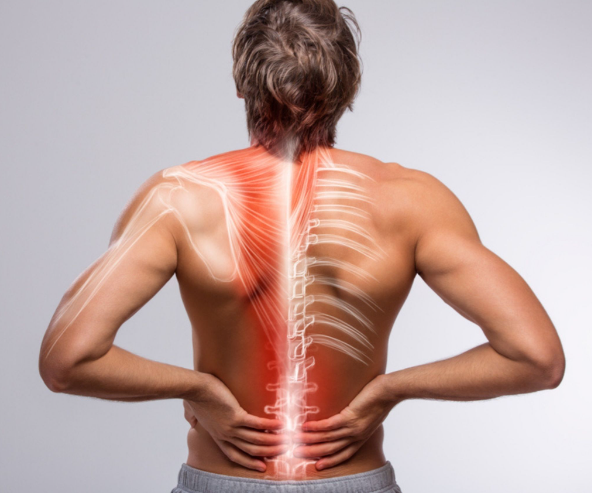
Symptoms
Muscle pain, like that from overexertion or injury, is usually felt in one part of the body. However, in some cases, like with the flu, a person may feel more widespread muscle aches or stiffness. Pay attention to other symptoms that may accompany muscle pain or aching, like fever, a bite mark (such as from a tick) and redness or swelling that may indicate an infection is present. When talking with a doctor, be sure to describe any and all symptoms—even if they seem to be unrelated to muscle pain—to provide the most complete picture.
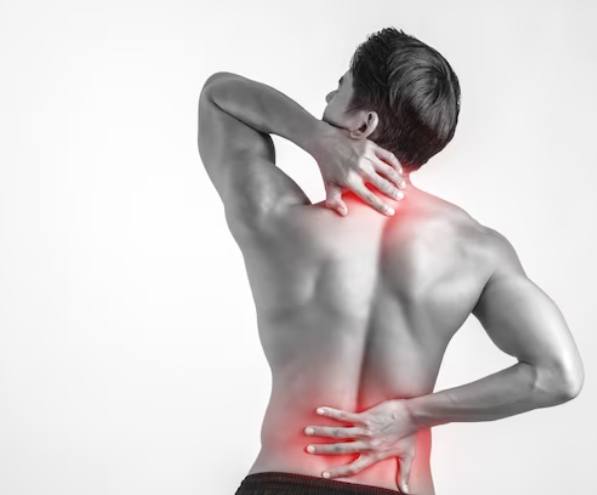
If someone, after an especially rigorous workout, experiences muscle pain and swelling, generally feels poorly, and in some instances, has dark-colored urine, they may be demonstrating the symptoms of rhabdomyolysis. When muscle is damaged, it releases a protein called myoglobin, which is what causes urine to be discolored. “That’s something that, fortunately, is rare, but we do see it from time to time. It can be a very big deal because those muscle breakdown products can damage the kidneys and, in really extreme cases, can lead to death if they’re not diagnosed and treated appropriately,” Jotwani says. Although it’s rare, it shouldn’t be overlooked as normal after a strenuous workout, and any possible signs of rhabdo should be heeded, experts emphasize.
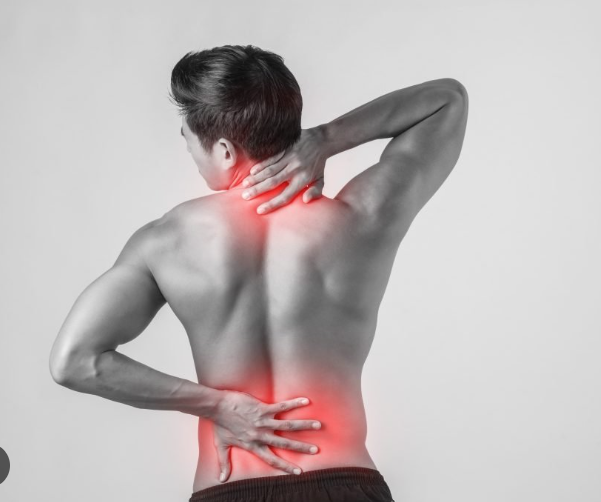
Diagnosis
Because of the wide-ranging causes of muscle pain, it can be difficult to pinpoint who’s to blame. If you have concerns about muscle pain that doesn’t have an obvious source, it’s important to start by seeing a physician you trust. The doctor should spend the time necessary to take a careful medical history and understand any other symptoms you’re experiencing. Discuss any medications you’re taking to determine if that could be contributing to muscle pain, too. “That’s a tough problem, and it’s something that requires a thinking physician,” Beutler says.
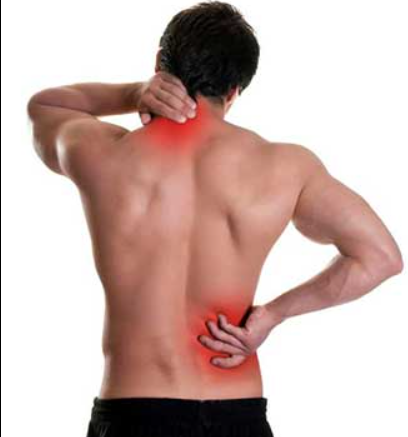
Tests may also be ordered, as needed, based on everything that’s known about the patient, as well as any other symptoms. While there’s no standard test to determine the cause of muscle pain, these could range from a blood test to check for high levels of enzymes that indicate there’s inflammation in the muscle to scans like an MRI to check for an injury.
Treatments
Just as the causes of muscle pain vary widely, so do treatments. Essentially, for any muscle pain resulting from an underlying medical condition, the approach would involve treating that condition. Especially for potentially serious issues like rhabdo, prompt medical evaluation and treatment are key. For most individuals with rhabdo, this involves getting IV fluids. Some also need to undergo dialysis to preserve kidney function.
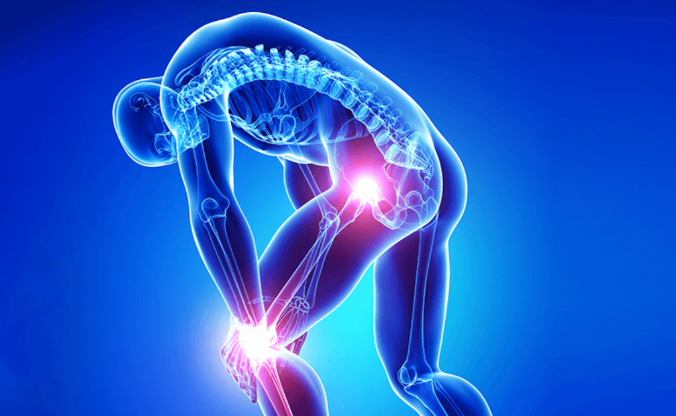
Beutler points out that in addition to statins, other drugs like anticonvulsants, which are used to prevent seizures, and some antidepressants may also be involved in the development of muscle pain. Therefore, rather than stopping a medication on your own, it’s crucial to discuss other medication options with a doctor.
Also read-Schizophrenia : A Patient’s Guide To Schizophrenia And Its Symptoms
images source: Google
Disclaimer: The opinions and suggestions expressed in this article are solely those of the individual analysts. These are not the opinions of HNN. For more, please consult with your doctor.






